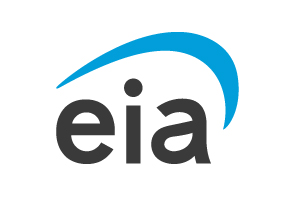BAKU, Azerbaijan, April 29. The 2024–25 winter heating season saw a mixed start, with relatively warm conditions in November and December followed by a cold snap in January and February, Trend reports.
The colder-than-normal temperatures during those months led to a significant increase in natural gas consumption and more withdrawals from U.S. natural gas storage than usual.
By the end of March 2025, U.S. underground storage in the Lower 48 states held the least amount of natural gas since 2022, with inventories 4% lower than the five-year average for that time of year, according to the U.S. Energy Information Administration (EIA).
Consumption across the residential, commercial, and electric power sectors spiked during the cold months. In January and February, combined consumption in the residential and commercial sectors averaged 97 billion cubic feet per day (Bcf/d), 16% higher than the same period in 2024. A cold snap in late January led to the fourth-largest weekly withdrawal from storage, totaling 321 Bcf for the week ending January 24. Overall, withdrawals for January and February combined were nearly 1,650 Bcf, marking a 33% increase compared to the five-year average.
While working natural gas inventories in the Mountain and Pacific regions exceeded their respective five-year averages by 53% and 18%, inventories in the East, Midwest, and South Central regions were below average by the end of winter.
Despite the winter's cold temperatures, warmer-than-normal weather in March triggered net natural gas injections into storage, signaling an earlier-than-usual start to the injection season. As of March 31, 2025, U.S. natural gas storage in the Lower 48 states totaled 1,786 Bcf.







